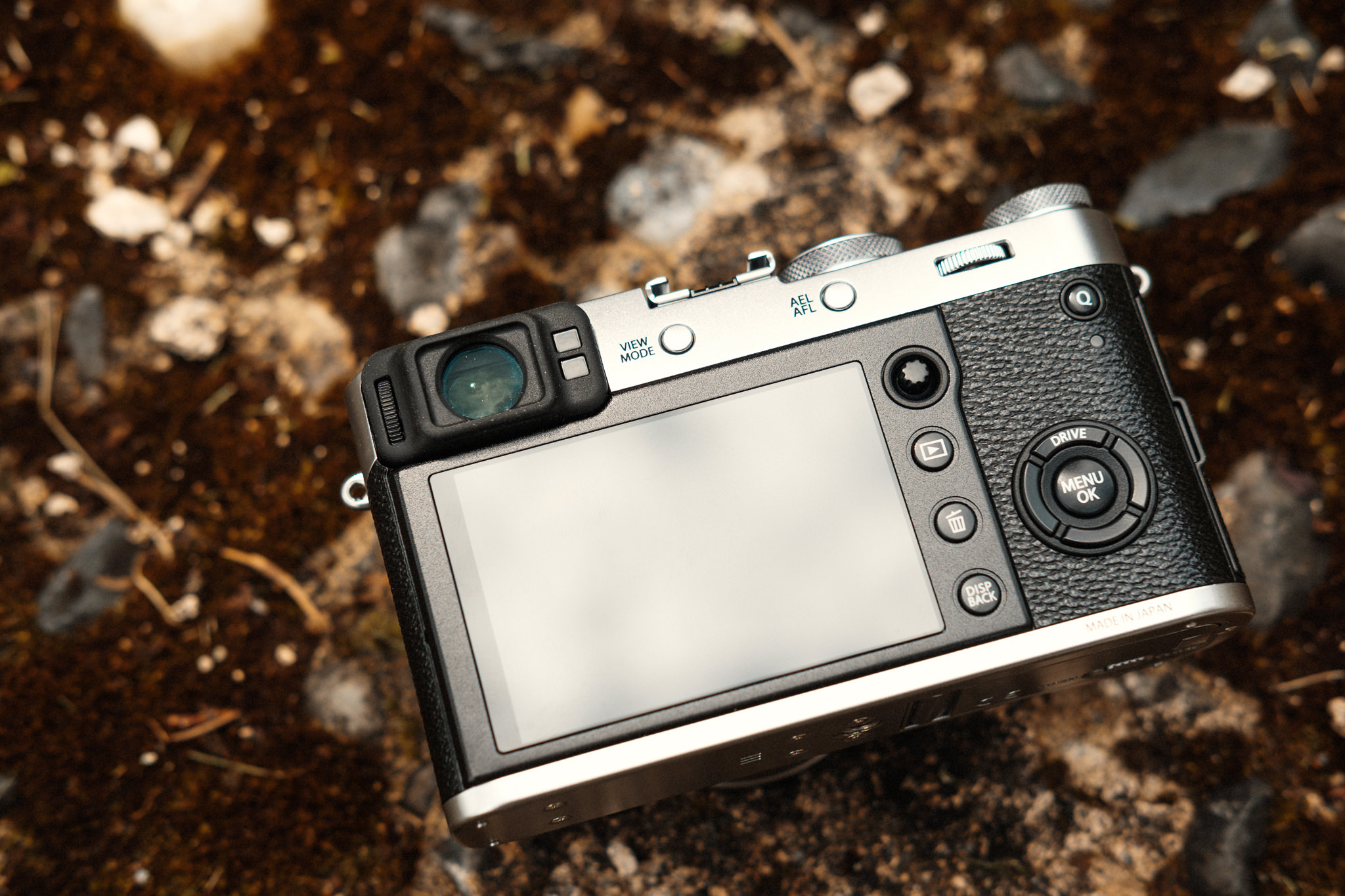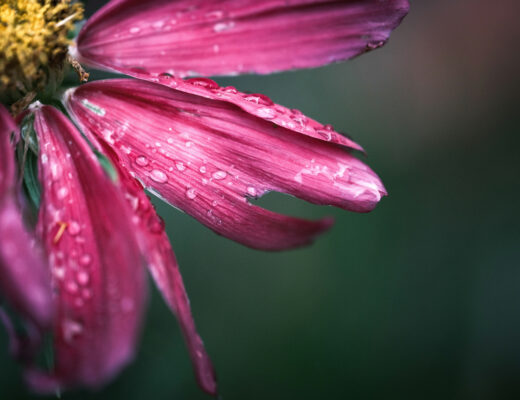I recently had an opportunity to get my hands on the X100F to review, and being as the X-Pro2 is my primary camera, I was particularly interested in the X100F as a possible backup or secondary camera for my kit. I have since sent the X100F back after my limited time with it, but I wanted to speak specifically to this point today.
In many ways, looking on paper the X100F appears to be a mini x-pro2 with a fixed 23mm lens and leaf shutter. But the reality is, when it comes to actually using the two cameras for me the size of the X100F actually worked against it as compared to the X-Pro2. What I mean by that is due to the smaller footprint of the camera, the spacing between buttons and such was different enough from the X100F to the X-Pro2 that was noticeable, and to me it was annoying.
Don’t get me wrong, I liked the X100F, but as a secondary or backup option to the X-Pro2 I just don’t feel like it fits the bill. It would work, sure, but I prefer to have a fairly seamless transfer from my primary to my secondary/backup cameras and with the X100F that just wasn’t the experience I had. I always found myself fussing with the buttons or dials more than I would like because everything was so cramped on the body compared to the X-Pro2 where things are spaced out much more nicely.
For me, I think the X100F is much better suited to its target demographic, travel and street photographers running around with a small, compact camera without fussing with lenses or extra gear. If you are the sort of professional that lives in that 23mm world, then rather than having an X-T2 + X100F or X-Pro2 and X100F, to me it would just make more sense to have two X100Fs and a set of the lens converters for the rare occasions when you want to shoot wider or tighter.
This is just my opinion from a usability standpoint. In terms of image quality, the X100F matches the X-Pro2 in every way (which is unsurprising since they share the same sensor/processor combination). The AF is also more advanced with the interchangeable lens X-Series bodies, so if that is important to you that would be something to note. I also had some odd issues with the X100F in terms of spot metering that I simply just don’t have with the X-Pro2, and I am not sure if that was just my sample or if there is something else going on there. Since my time with the camera was so tight I didn’t get a chance to really investigate that issue as in depth as I would have liked.
So will I be getting an X100F to be my backup to the X-Pro2? Most likely not. I am going to hold out for the successor of the X-E2 and see what Fujifilm offers us in that regard before I make my full decision. But right now I would actually lean on getting a second X-Pro2 (overkill as a backup body in my opinion) than getting the X100F, despite the price difference.
For those interested in the X100F as a secondary or backup camera in your Fujifilm kit I encourage you to rent one if you can find someplace doing that, or at the very least go into a store where you can try one. You may find that the usability differences don’t annoy you as much as they did me, or you may find you prefer the X100F to whatever you’re currently shooting with. Point is, different strokes for different folks and just because I determined that the X100F may not work for me in this capacity, that doesn’t mean that will be true for you. So give it a try for yourself if you get the opportunity.






















